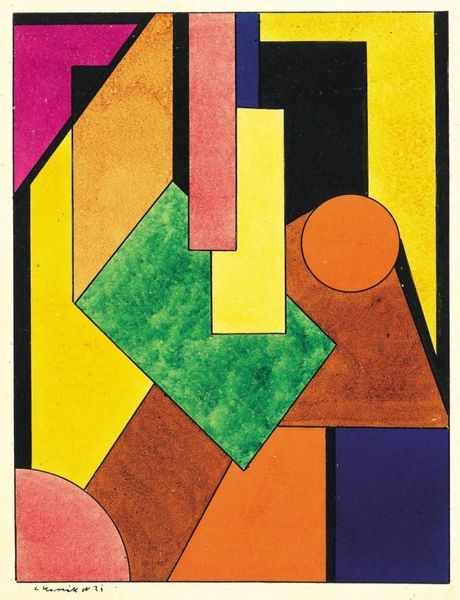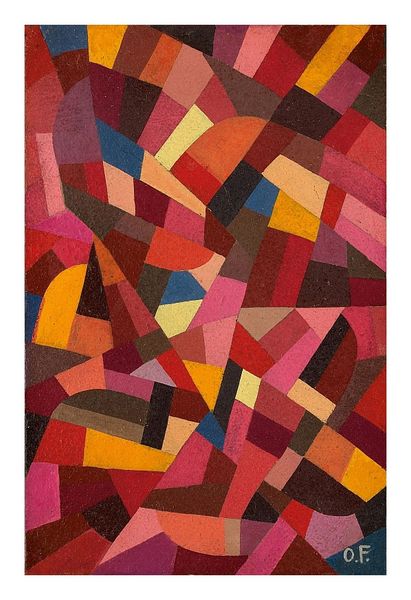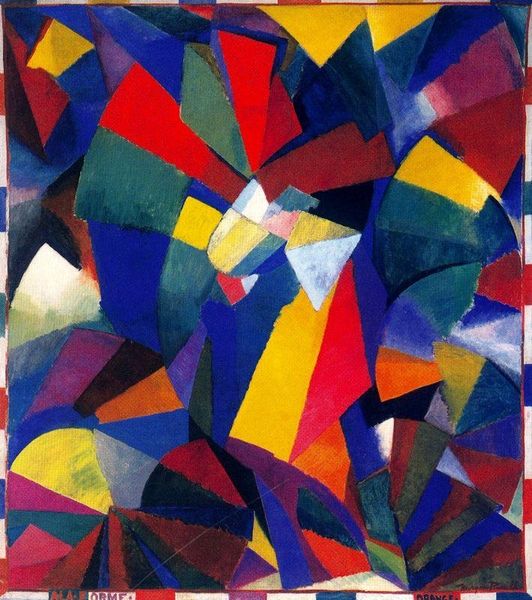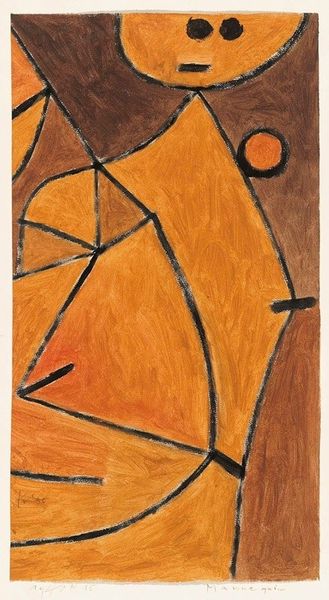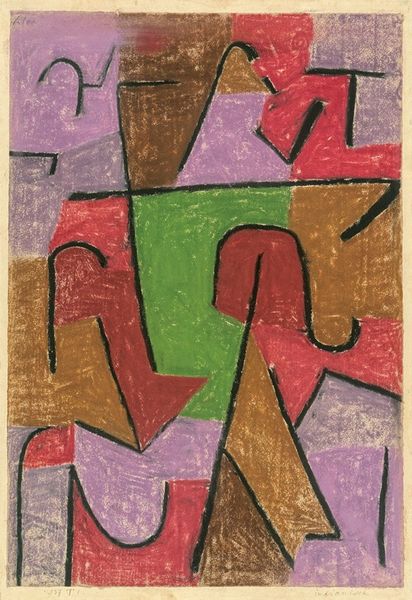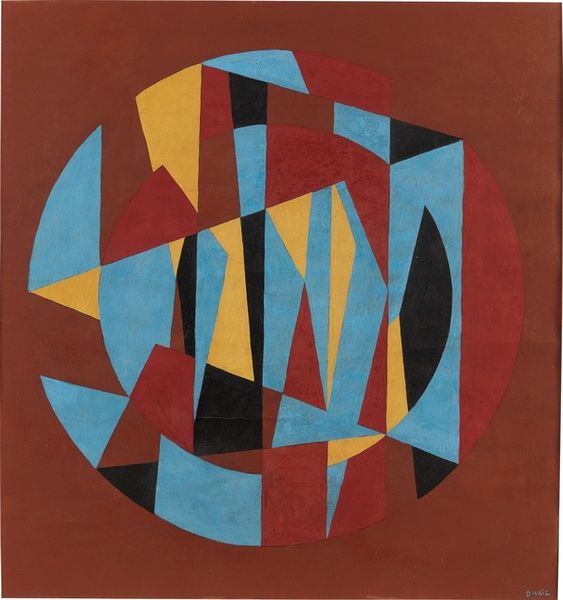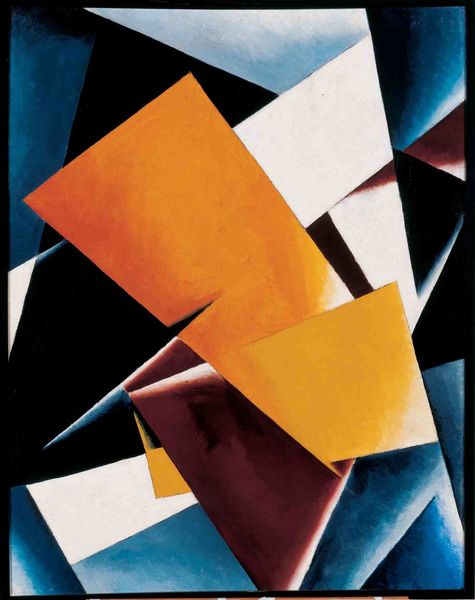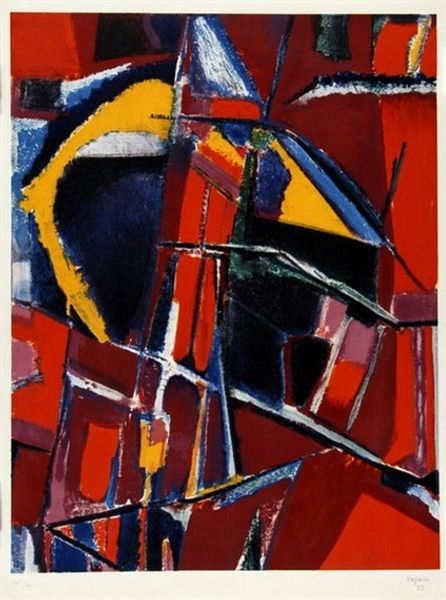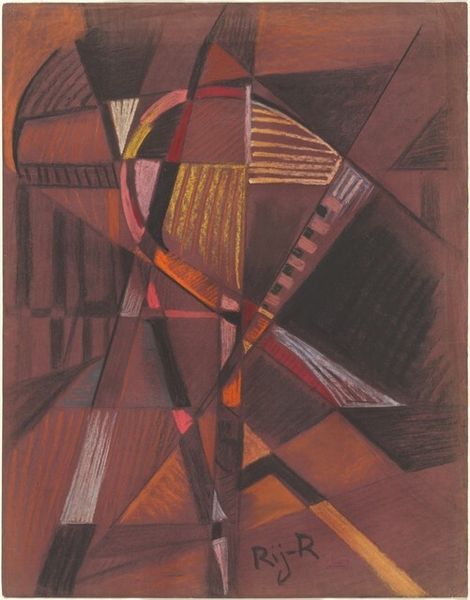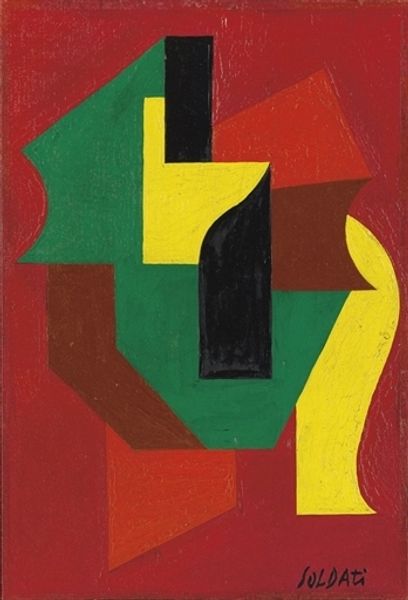
#
constructivism
#
soviet-nonconformist-art
#
geometric pattern
#
abstract pattern
#
geometric
#
abstraction
#
line
Copyright: Alexander Rodchenko,Fair Use
Alexander Rodchenko's 'Construction' is a potent example of the artist's exploration of abstraction and geometric forms in the post-revolutionary Soviet Union. During this period, artists grappled with their roles in a society undergoing radical transformation. Rodchenko, initially trained in representational painting, shifted towards non-objective art, believing it could better reflect the values of the new socialist state. This piece uses dynamic lines and shapes to evoke a sense of movement and progress. Rodchenko aimed to create art that spoke to the masses, devoid of bourgeois sentimentality. But abstraction also allowed for a certain degree of personal expression and experimentation during a period that would become increasingly oppressive. The composition, with its interweaving lines and geometric planes, embodies a tension between order and chaos, perhaps mirroring the tumultuous era in which it was created. Rodchenko himself said, "Art should enter life as organiser of it." Ultimately, 'Construction' invites us to consider the complex relationship between art, politics, and personal identity, within a pivotal moment in history.
Comments
No comments
Be the first to comment and join the conversation on the ultimate creative platform.


